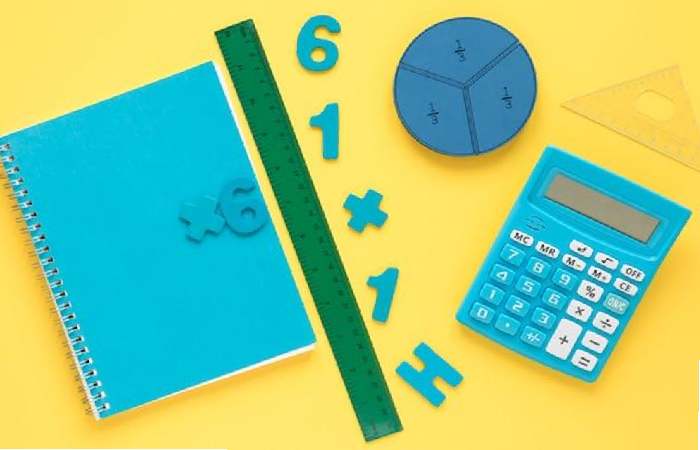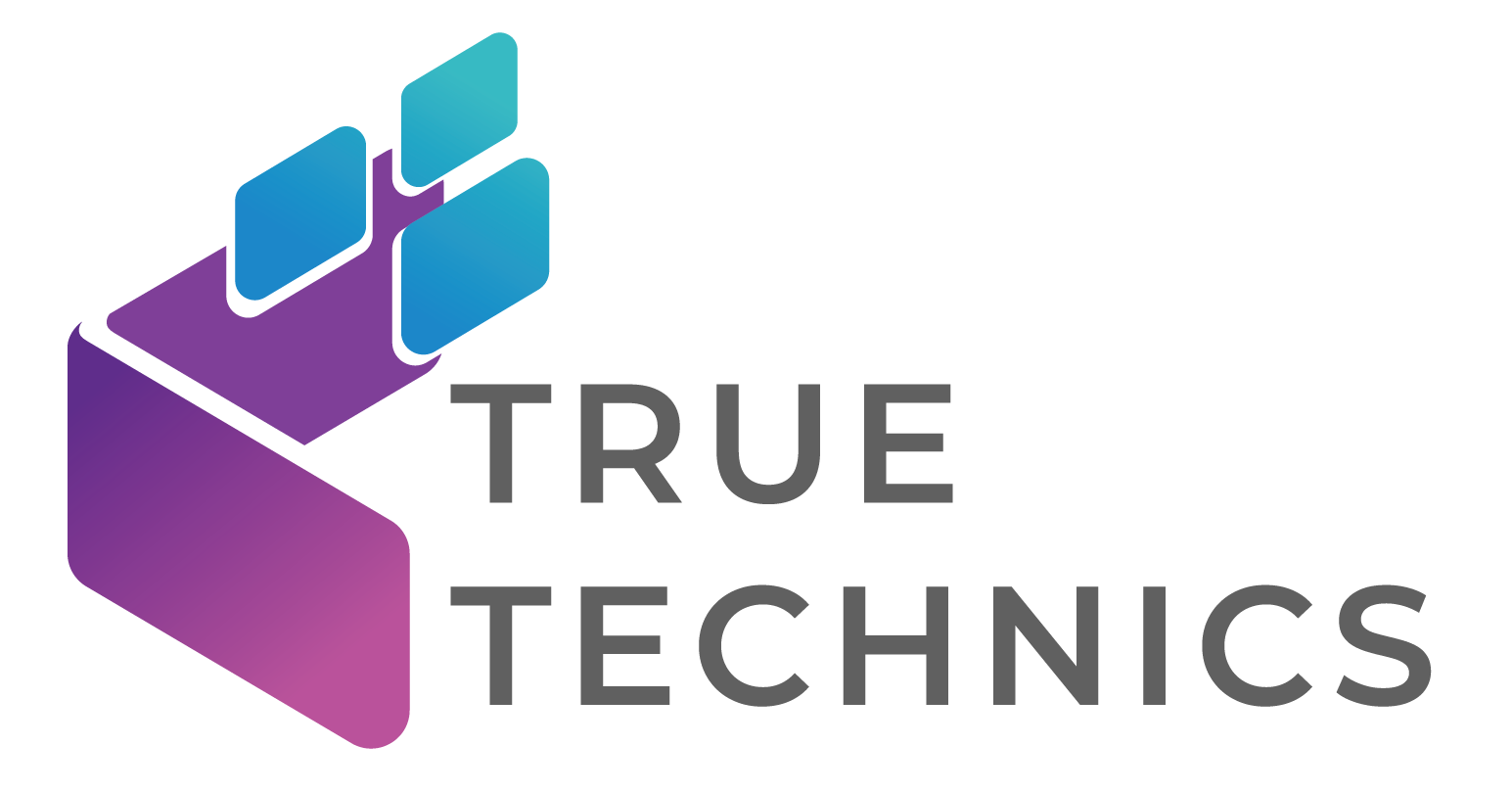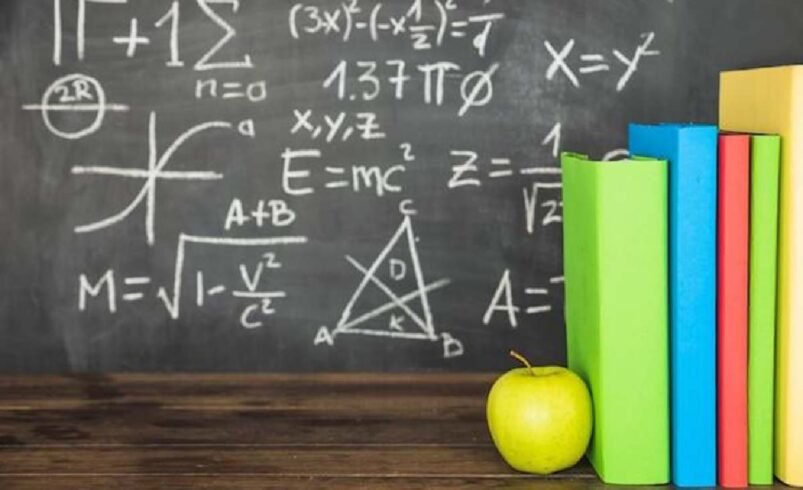Over the last twenty years, the landscape of math education has been dramatically transformed. Gone are the days when learning was dominated by rote memorization and endless problem drills. Today, a wave of advanced educational tactics has emerged, aimed at equipping students with the critical thinking and problem-solving skills essential for navigating our dynamic world.
The classroom experience is being revolutionized through technology. Tools such as interactive software, online platforms, and educational apps have become integral in modern education. These resources not only make learning math more engaging but also offer instant feedback, allowing students to pinpoint and rectify errors immediately.
Beyond technological integration, novel pedagogical approaches are significantly influencing math education’s progression. Techniques like flipped classrooms, project-based learning, and gamification are gaining traction for their ability to make education both more compelling and effective. These methods promote active participation from students, helping them gain a robust understanding of mathematical principles and their practical implications.
Technology in Math Classrooms
The introduction of technology has drastically changed math classrooms into dynamic learning environments, a change that was hard to envision just a generation ago. Tools like GeoGebra and Desmos have drastically changed how students interact with complex mathematical theories, allowing them to manipulate and visualize equations and geometries directly. This hands-on approach not only demystifies tough concepts but also enhances retention and understanding. Furthermore, platforms such as Khan Academy democratize access to top-tier educational content, enabling learning from virtually anywhere at any time.
In the realm of math education, mobile applications are proving to be groundbreaking. Apps like Photomath or Wolfram Alpha allow learners to snap a photo of their math problems and receive solutions complete with detailed step-by-step breakdowns. Such immediate feedback is crucial for understanding mistakes and refining problem-solving techniques.
Additionally, technology facilitates tailored teaching approaches that address the varied learning needs within a classroom. Adaptive learning software empowers educators to craft customized educational experiences for every student, promoting optimal engagement and achievement. This personalized approach was once beyond the reach of traditional educational methods, highlighting why technology is indispensable in contemporary math education.
AI-Enhanced Personalized Learning
Artificial intelligence (AI) and machine learning are altering the landscape of personalized education. By analyzing a student’s performance in real-time, AI-driven tools offer customized feedback and suggestions tailored to individual needs. Take DreamBox Learning, for instance, which employs AI to adjust the complexity of math problems as per a student’s evolving capabilities. This ensures that students remain engaged by perfectly balancing the challenge level—neither too simple to bore them nor too complex to lead to frustration.
Moreover, machine learning algorithms excel at detecting recurring errors in a student’s work, enabling precise interventions tailored specifically for their weak spots. Such targeted assistance was unattainable with conventional educational methods that depended heavily on teacher observations and evaluations for insights into student performance. Now, thanks to AI, students benefit from immediate and precise feedback that enhances both the effectiveness and efficiency of learning.
Additionally, these intelligent tools equip educators with deep insights into each student’s learning habits and progress. Armed with this data, teachers can fine-tune their instructional strategies based on solid evidence rather than intuition alone. The integration of AI not only enriches teaching practices but also amplifies the overall educational experience for students by fostering better engagement and superior academic results.
Innovative Teaching Methods
Gone are the days of the traditional, lecture-heavy math classes. Now, modern and interactive teaching methods are taking center stage. Take the flipped classroom model, for instance. Here, students absorb instructional videos at their leisure at home and then tackle problems and projects during class time. This method not only allows students to learn at their own pace but also primes them for more profound discussions and collaborative efforts in class. It gives teachers more room to offer tailored support and clear up any misunderstandings.
Another forward-thinking strategy making waves is project-based learning. Students dive into real-world projects that demand the application of mathematical concepts and skills. This tactile approach not only demonstrates math’s practical applications but also deepens students’ understanding of the subject matter. Moreover, it cultivates essential 21st-century skills like collaboration and critical thinking through hands-on experience.
Let’s not overlook gamification—a technique that injects fun into math learning by integrating game-like elements such as points, badges, and leaderboards. Educational games like Prodigy and Mathletics transform routine practice into a thrilling competition, boosting both confidence and competence in mathematics among students.

The Power of Collaborative Learning
In the realm of mathematics education, collaborative learning is swiftly gaining ground as a crucial approach. When students join forces to dissect problems and execute projects, they not only exchange knowledge but also cultivate a profound grasp of mathematical principles. Platforms such as online forums and discussion boards serve as vibrant hubs where students can pose questions, exchange insights, and work together on solutions. This form of peer interaction fosters a supportive community atmosphere that transforms learning into a more social and pleasurable journey.
Group projects stand out as another effective method to encourage collaborative learning within math education. Through collective efforts on projects, students amalgamate their individual knowledge and abilities to address intricate challenges. This cooperative method does more than deepen their understanding of the subject; it also hones vital life skills including communication, teamwork, and problem-solving. These competencies are indispensable for thriving in both academic pursuits and professional endeavors.
Peer-to-peer tutoring further amplifies the benefits of collaborative learning. By pairing learners with their peers for tutoring sessions, educators foster an environment ripe with support where students assist each other in mastering mathematical concepts. This strategy proves beneficial not only for those receiving guidance but also reinforces the tutors’ own mastery over the subject matter. Undoubtedly, collaborative learning stands as a formidable strategy that significantly boosts student engagement and success in mathematics.
Real-World Applications
Integrating real-world scenarios into math instruction is vital for enhancing its relevance and practicality. By linking mathematical theories to everyday challenges, educators empower students to appreciate the significance of math in their daily activities. For instance, students might apply mathematical principles to evaluate data, devise financial plans, or tackle issues in fields like engineering, science, and technology. Such applications transform learning into an engaging and significant experience.
Project-based learning offers a practical method to embed real-world applications within math education. Engaging in projects that demand the application of mathematical concepts allows students to recognize math’s role in their routine experiences. They might design models, perform experiments, or analyze data to address tangible problems. This practical engagement deepens their understanding of the subject while honing vital skills such as critical thinking and problem-solving.
Bringing mathematics alive can also be achieved through real-life examples and case studies that showcase its utility across various sectors. Students could investigate how mathematical strategies are employed in finance, healthcare, or technology sectors to navigate complex challenges and make strategic decisions. These examples not only enhance the relevance of lessons but also boost student engagement by demonstrating the versatile applications of mathematics.
Cutting-Edge Tools in Math Education
In the realm of math education, tools like the math formula sheet have become essential. These sheets serve as a quick-access guide to crucial formulas and concepts, enabling students to tackle mathematical problems with greater efficiency. With this resource at their disposal, learners can channel their efforts into grasping and applying mathematical principles instead of burdening their memory with formula retention. This method not only sharpens problem-solving abilities but also alleviates stress and frustration.
Especially during time-pressured environments like standardized tests, the math formula sheet proves its worth by allowing students to swiftly retrieve and utilize essential formulas. This quick reference tool helps conserve precious time and minimizes mistakes, proving invaluable for both exams and daily homework tasks. By providing a reliable means to verify their solutions, it ensures accuracy in students’ work. Undoubtedly, the math formula sheet stands as a cornerstone in contemporary math education, paving the way for student success.
Beyond the traditional formula sheet, other innovative tools such as graphing calculators and online calculators further enrich students’ learning experiences. These devices empower students to execute complex calculations effortlessly and visualize mathematical theories more clearly. The interactive nature of these tools makes learning not just more effective but also significantly more engaging. By integrating these advanced resources into their study routines, students are able to deepen their understanding of mathematics and enhance their ability to solve problems efficiently.
Challenges in Modern Math Education
Despite significant strides forward, the landscape of math education still faces significant challenges. A primary hurdle is the uneven access to technology. Many students find themselves on the wrong side of the digital divide, lacking essential devices and internet connectivity. This gap hinders their ability to engage with online courses and educational apps fully, creating unequal learning opportunities and outcomes. It’s crucial that we devise strategies to ensure every student has access to necessary technological resources.
Another pressing issue is teacher training. With the constant introduction of new technologies and pedagogical strategies, teachers must receive thorough training to weave these tools effectively into their teaching tapestry. This demands sustained professional development and support systems that keep educators abreast of cutting-edge advancements and best practices. Without this foundation, teachers might struggle to harness these new tools’ full potential, thereby dampening their impact on student learning.
Moreover, curricular revisions are crucial to match the rapid evolution in math education. Traditional curricula often fall short of imparting the requisite skills for success in today’s dynamic world. Regular reviews and updates are essential to ensure curricula remain relevant and sync with contemporary educational standards and practices. By tackling these challenges head-on, we can forge a more inclusive and proficient math education framework that aptly prepares students for future endeavors.
Insights from Successful Implementations
Educational institutions that have embraced advanced technologies and methods in their math programs offer a treasure trove of best practices. These narratives underscore the significant effect on student engagement and learning. Take flipped classrooms, for instance, where students control their learning pace while engaging more deeply with mathematical concepts through increased hands-on activities. This approach not only boosts participation but also enhances students’ comprehension.
Likewise, incorporating project-based learning into math education has yielded positive outcomes. Students become more invested when they understand how mathematical theories apply in real life. Engaging in projects that demand practical application of their math skills deepens their understanding and equips them for future academic and professional endeavors. Moreover, this method cultivates essential abilities like critical thinking, problem-solving, and teamwork.
Furthermore, the adoption of AI-driven tools and personalized learning platforms has been met with positive feedback regarding student performance enhancements. These advanced tools offer customized insights and suggestions, streamlining the learning process for students while providing educators with detailed analyses of student progress. This data empowers teachers to tailor their instructional strategies effectively. The successful integration of these technologies underscores their potential to transform math education.
Looking Ahead
As we peer into the horizon of educational evolution, it’s evident that math education is poised for revolutionary changes to better serve the students of today and tomorrow. The integration of virtual and augmented reality promises a future where learning leaps off the page, transforming abstract mathematical theories into tangible, interactive experiences. This not only enhances engagement but also deepens understanding by allowing students to visualize and manipulate complex concepts in real-time.
In addition, there’s growing enthusiasm around leveraging blockchain technology to safeguard and streamline student records. Imagine a system where achievements are impeccably recorded, accessible with ease yet secured against tampering. This innovation could revolutionize how credentials are managed and shared, simplifying the validation process for skills and knowledge while supporting customized educational journeys tailored to individual passions and career aspirations.
The trajectory of math education is undoubtedly veering towards an increasingly tech-integrated landscape. Embracing these technologies while navigating their challenges is crucial for developing an equitable educational framework that not only keeps pace with but anticipates societal shifts. As we continue on this path, the potential to reshape how we teach and learn math is boundless—ushering in an era marked by both unprecedented opportunity and inspiring possibility.


